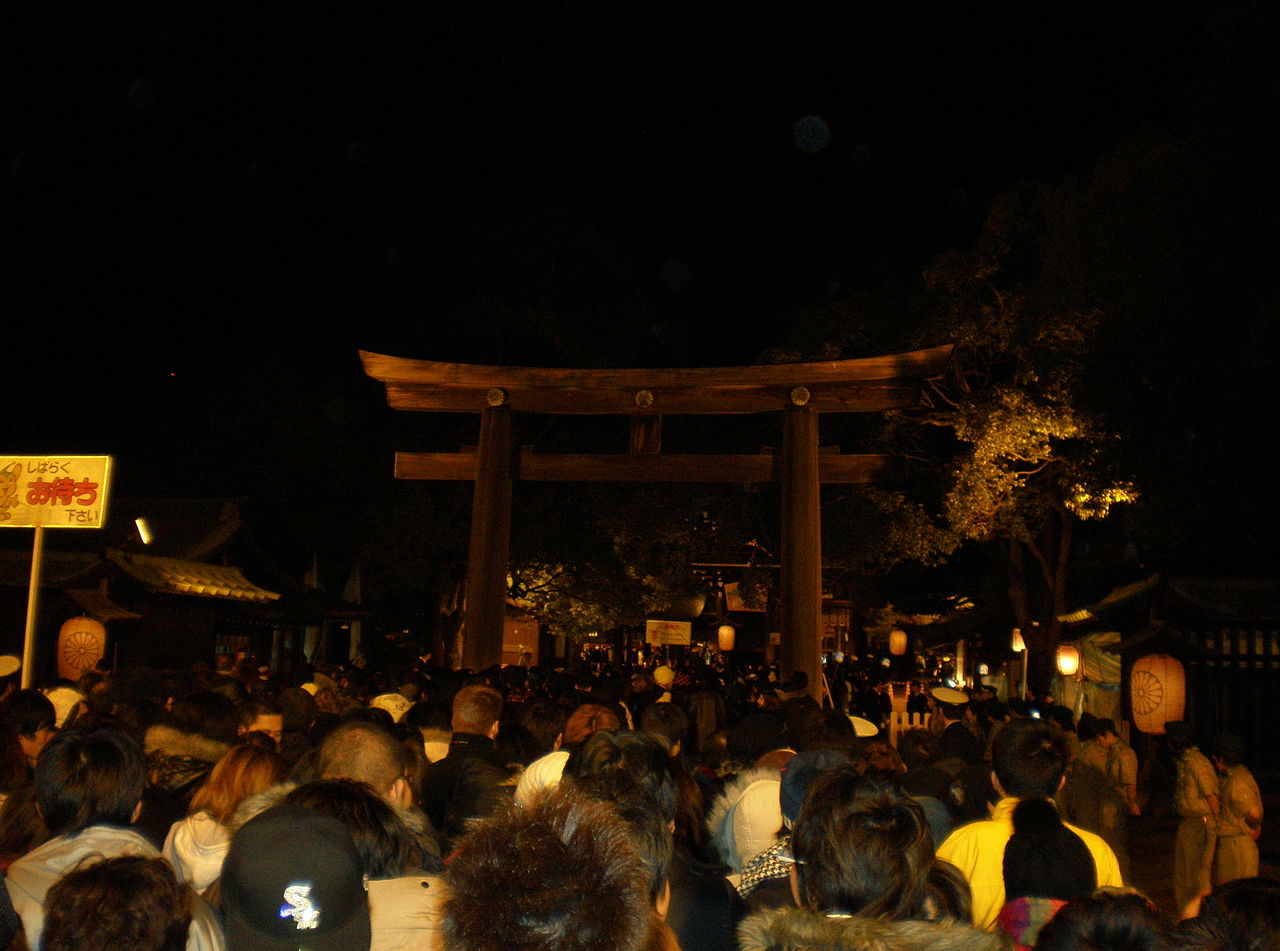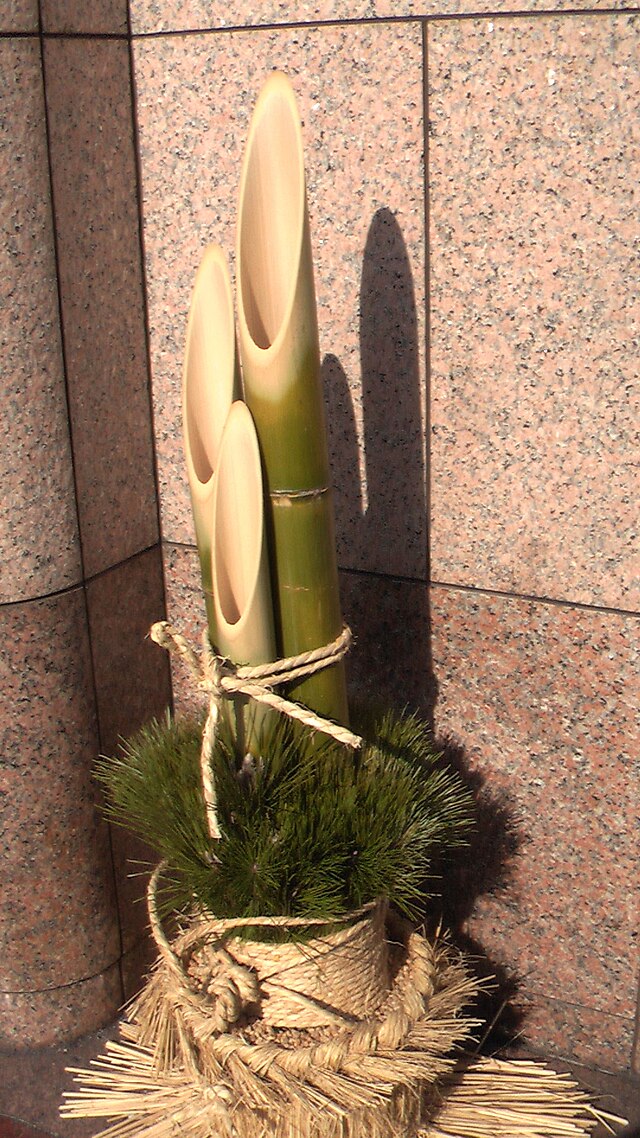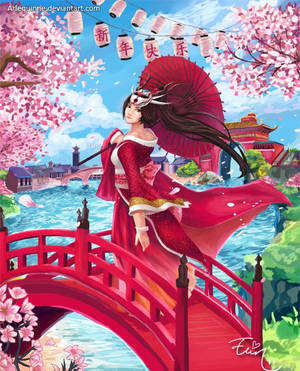Happy New Year!
is wishing the projecteducate and CRAnimeAndManga team!
Shōgatsu
The Japanese New Year, called 正月 [Shōgatsu], is an annual festival with it's own customs. Since 1873, the Japanese New Year has been celebrated according to the Gregorian calendar, on January 1st of each year, New Year's Day - 元日 [Ganjitsu].正月 [Shōgatsu] is the most important holiday in Japan. People say to each other Happy New Year whenever they see at the first time in the new year.
Greetings:
- 今年もよろしくお願いします [kotoshi mo yoroshiku o-negai-shimasu]
I hope for your favour again in the coming year - (新年)あけましておめでとうございます? [(shinnen) akemashite o-medetō-gozaimasu]
Happiness to you on the dawn (of a New Year) - 謹賀新年 [kinga shinnen]
Happy New Year - 賀正 [gashō]
to celebrate January - 初春 [shoshun/hatsuharu]
literally "early spring", in the traditional lunar calendar a year begins in early spring - 迎春 [geishun]
to welcome spring
Meals

During New Years it is popular to eat the special dishes called 御節料理 [osechi-ryōri].
They are packed in a Jubako box, which has several layers. Each dish has a particular meaning.
Example meanings: Prawns for long life, herring roe for fertility, ...
Japanese also eat 餅 [mochi] (rice cake) dishes. 雑煮 [zōni] (rice cake soup) is the most popular mochi dish. The ingredients vary depending on regions and families.
Otoshidama
There is a custom of giving money to children during New Year's holidays in Japan. It's called Otoshidama. If you are going to family gatherings, it's good to prepare some money in small envelopes.Hatsumōde
Japanese visit a shrine or a temple to pray for safety, health and good fortune.
The first visit to a temple or shrine in a year is called 初詣 [Hatsumōde]. Many well-known temples and shrines are extremely crowded.
Some temples and shrines expect a couple million visitors during New Year's holidays each year.

Kadomatsu

門松 [kadomatsu] is a traditional Japanese decoration of the New Year placed in pairs in front of homes to welcome ancestral spirits or kami of the harvest.
They are placed after Christmas until January 7th and are considered temporary housing for kami.
Designs for 門松 [kadomatsu] vary depending on region but are typically made of pine, bamboo, and sometimes ume tree sprigs which represent longevity, prosperity and steadfastness, respectively.
After January 15th the 門松 [kadomatsu] is burned to appease the kami or toshigami and release them.
Fun facts
- Schools close for about two weeks of winter holiday before and after New Year's,
- Kids spent New Year's engaged in such traditional pastimes as flying kites, koma (spinning tops), and playing いろはがるた [iroha-garuta], 羽根突き [Hanetsuki], 福笑い [Fukuwarai] and 双六 [sugoroku]. None of these pastimes are played very much by kids these days, though. However, it is said this tradition ended a few decades ago,
- Children look forward to reading their nengajō (New Year greeting cards) from friends and acquaintances.
Source
Wikipedia
About Travel
Japan Monthly Web Magazine
Japanese Culture: Omisoka & Shogatsu






